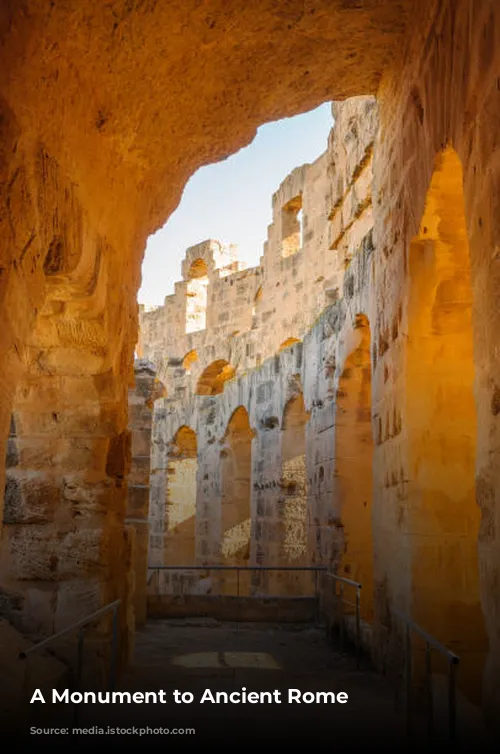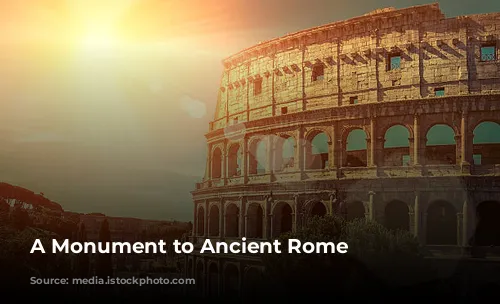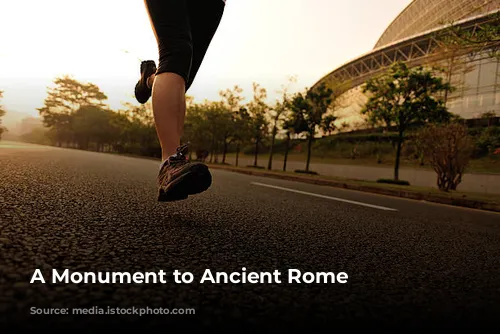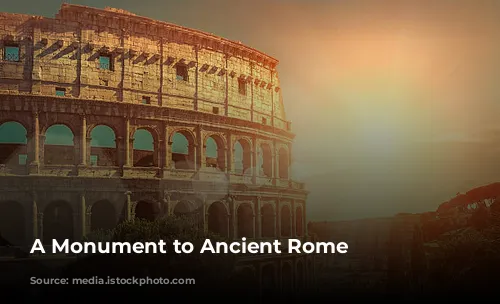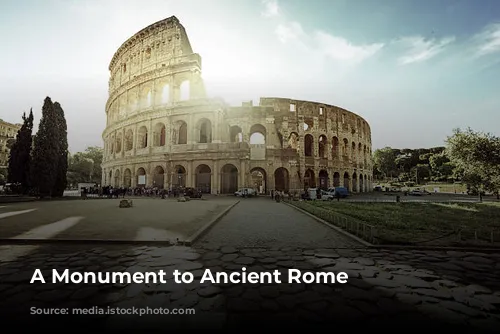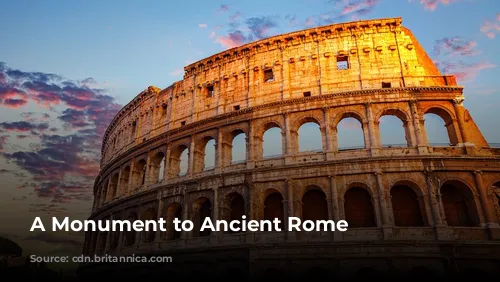Standing tall as one of the few largely untouched structures from the Roman Empire, the Colosseum is a remarkable testament to the architectural brilliance and engineering skill of ancient Rome. Beyond its historical significance, the Colosseum plays a vital role in the Italian economy, generating significant tourism revenue. In 2018, the Colosseum, Roman Forum, and Palatine Hill collectively attracted millions of visitors, contributing over €53.8 million to the Italian economy. This impressive figure solidifies its position as the top tourist attraction in Italy.
From Arena to Quarry and Back
The Colosseum’s journey has been long and winding. After the fall of the Western Roman Empire, the once-grand arena fell into a state of disrepair. The 12th century saw the Colosseum repurposed as a fortress by prominent Roman families, the Frangipane and Annibaldi. Later, in the late 15th century, Pope Alexander VI granted permission for the Colosseum to be used as a quarry. For over a thousand years, the Colosseum suffered neglect and degradation. However, a turning point came in the 1990s when state-funded restoration efforts commenced, breathing new life into this ancient monument.
A Symbol of Imperial Power and Entertainment
The Colosseum’s construction was born out of an imperial ambition to revitalize Rome following the tumultuous year of the four emperors in 69 CE. Emperor Vespasian, much like his predecessors, envisioned the Colosseum as a grand entertainment venue, a place to host gladiatorial combat, animal hunts, and even mock naval battles. The Colosseum was intended to be a symbol of Rome’s power and grandeur, a place where the masses could be entertained and enthralled.

Construction and Legacy
Construction of the Colosseum began under the reign of Emperor Vespasian between 70 and 72 CE, a period of significant rebuilding and revitalization for Rome. The completed structure was dedicated in 80 CE by Vespasian’s son and successor, Titus. The Colosseum’s fourth story was added by Emperor Domitian in 82 CE. Interestingly, the construction of the Colosseum was financed by the spoils of war, specifically from Titus’s conquest of Jerusalem in 70 CE. The workforce that built the Colosseum was comprised of Jewish slaves captured during the conquest, adding a layer of historical complexity to the monument’s story.
A Colossal Structure
The Colosseum, also known as the Flavian Amphitheater, is an imposing structure that stands as a testament to Roman engineering. Built under the Flavian emperors, it is an elliptical masterpiece crafted from stone, concrete, and tuff. The Colosseum boasts four stories, reaching a height of over 150 feet. Its massive dimensions, measuring 620 by 513 feet, allowed it to accommodate an impressive 50,000 spectators. The Colosseum is best known for its use as an arena for gladiatorial combat, showcasing the thrill and brutality of ancient Roman entertainment.
A Symbol of Rome’s Grandeur
The Colosseum’s location is a testament to its symbolic significance. Situated just east of the Palatine Hill, the Colosseum was built on the grounds of Nero’s Golden House, a lavish palace complex that was demolished after Nero’s death. The artificial lake that served as the centerpiece of Nero’s palace was drained, making way for the Colosseum. This decision was as much a symbolic act as it was a practical one. Vespasian, who rose to power from humble beginnings, chose to replace Nero’s private lake with a public amphitheater, a space for the people of Rome. The Colosseum was meant to symbolize the shift from a tyrannical emperor to a more people-centered governance.

Architectural Innovation
The Colosseum’s construction was a marvel of engineering for its time. Unlike earlier amphitheaters that were often built into hillsides for support, the Colosseum stands as a freestanding structure. Its construction involved the use of a complex system of barrel vaults and groin vaults, intricate techniques that allowed for the construction of a large-scale, self-supporting structure. The Colosseum’s external facade is adorned with engaged columns in the Doric, Ionic, and Corinthian orders, creating a visually stunning effect. This architectural design served as a blueprint for later Renaissance architects, inspiring their own grand structures.
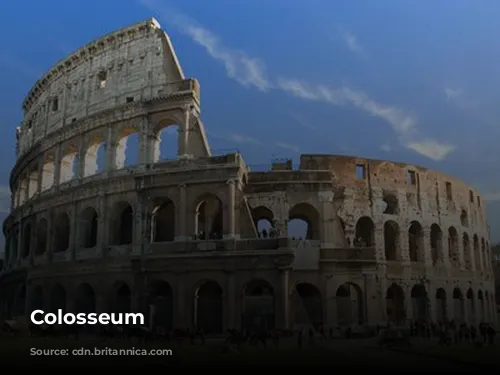
A Spectacle for the Ages
The Colosseum was designed to host a wide range of spectacles. The arena was capable of holding a staggering 50,000 spectators, who were shielded from the sun by a retractable awning known as the velarium. Hundreds of Roman sailors were responsible for manipulating the complex rigging that extended and retracted the velarium, ensuring the comfort of the audience. The Colosseum was a stage for gladiatorial combat, animal hunts, and even mock naval battles. While it is uncertain if the arena was the site of early Christian martyrdoms, the Colosseum’s history is intricately woven with the evolution of Roman society and culture.
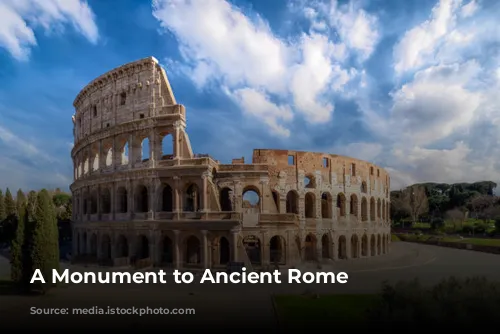
From Ruin to Restoration
Over time, the Colosseum fell prey to the ravages of nature and human neglect. Lightning strikes, earthquakes, and acts of vandalism took their toll on the once-grand arena. The Colosseum was used as a church and then as a fortress, its stone and marble plundered for construction materials. However, a renewed sense of preservation emerged in the 19th century, with efforts led by Pope Pius VIII. The 1990s witnessed a significant restoration project that aimed to protect and preserve the Colosseum’s grandeur for future generations.
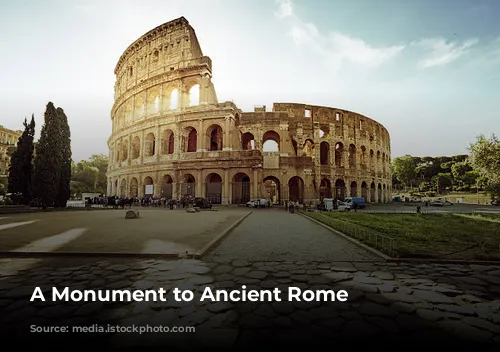
A Timeless Symbol
Today, the Colosseum stands as a testament to Rome’s enduring legacy. As one of the most iconic landmarks in the world, it draws millions of visitors annually, captivated by its history, grandeur, and architectural ingenuity. The Colosseum is not merely a relic of the past; it is a living symbol of Rome’s vibrant culture, reminding us of the power and creativity of human civilization.
